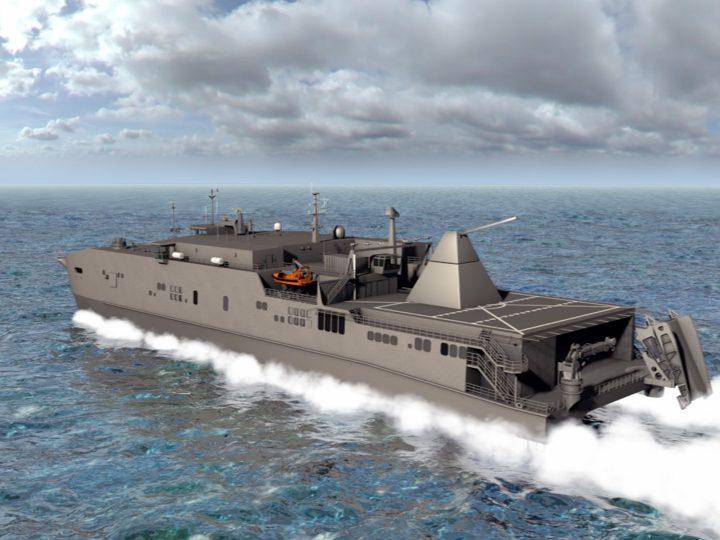Fiscal austerity is here to stay, commented Rear Admiral Thomas Shannon, Commander of the United States Navy’s Military Sealift Command (MSC) while speaking at a meeting of the Washington, DC Propeller Club recently. “It’s our new reality.”
Despite this reality, global demand for US naval presence remains high. Maritime forces continue to face challenges and adversaries ranging from traditional roles such as counter-piracy and maintaining open trade routes to unique challenges such as the disposal of chemical weapons from Syria.
Meanwhile, “every week, without exception we are under attack.” notes Shannon.
MSC isn’t being fired upon in a literal sense. Admiral Shannon’s battles are political and budgetary in nature and he remarked that his influence on Capitol Hill carries significantly less weight than lobby groups representing high profile acquisitions like the Joint Strike Fighter, submarines, or Ford-class aircraft carriers.
But yet, Admiral Shannon’s fleet of MSC vessels may find themselves playing an increasingly vital role in future maritime operations around the globe.
Fortunately, the U.S. Navy’s Chief of Naval Operations Admiral Jonathan Greenert seems to share his vision, according to his spokesman CAPT Danny Hernandez. Greenert notes that the world we live in today needs some slightly different vessels and platforms – some that are lower cost, innovative and effective – to augment forcible entry platforms.
“Ships of the future need to evolve a little bit,” said Greenert, “everything can’t be a cruiser or destroyer teemed with missiles, guns and everything.”
And why should they?
There are plenty of highly capable MSC black-hulled vessels crewed by U.S. mariners who graduate from institutions like the U.S. Merchant Marine Academy who have the experience, dedication, and desire to serve. The cost of these mariners and their vessels are a bargain when compared to operating expensive U.S. grey-hulled warships that typically have several times more personnel.
“We can do some pretty cool stuff off these black hulls,” commented Shannon.
The M/V Cape Ray, he notes, was transformed into a factory to destroy Syrian chemical weapons in a 60-day period. It departed last week from Norfolk to carry out its mission.
Perhaps instead of a maintenance facility, a hospital package could be added in order to transform the vessel into a hospital ship that can be sent to littoral areas unreachable by the current Comfort-class ships.
The Austal-built JHSV highlights the versatile nature of these black hulls. Recently embarked on her maiden deployment, a railgun will be installed by 2016 to demonstrate capabilities. Possibilities are endless when you consider the potential to utilize these vessels to launch unmanned vehicles.
Looking further to the future, it may even be possible to launch a F-35 Joint Strike Fighter from an Afloat Forward Staging Base (AFSB).
The key to it all Shannon says, is “get it out there.” “I don’t care what it was designed to do, I want creative ideas that show the U.S. military what these ships CAN do.”
New MSC ships like the MLP, AFSB, and JHSV have a range of mission possibilities limited only by the creativity of those developing the concept of operations for use. These ships are far more than ‘piers-at-sea’ and reflect a tremendous opportunity to take on missions like counter-piracy, special warfare, and reconnaissance, while more costly assets like destroyers perform sea control missions requiring their impressive – and expensive – array of combat systems.
In an era of fiscal austerity, it would be foolish not to fully utilize these very capable assets.

